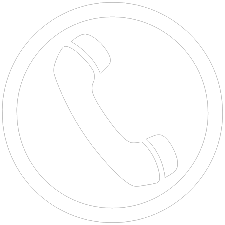Refractive Lens Exchange
Refractive lens exchange (RLE) is a vision correction option for patients who are frustrated by presbyopia, hyperopia (long-sightedness), myopia (Short-sightedness) or their dependence on contact lenses and glasses.
It is also known by other terms such as Lens Replacement surgery, Clear Lens Exchange, Natural Lens Replacement (NLR), and Presbyopia Lens Exchange (PRELEX).
It involves replacing the natural lens inside the eye with a state of the art lens implant. There are a variety of different lens implant options available, and the option best suited for you will largely be determined by the health of your eyes and your vision correction needs.
